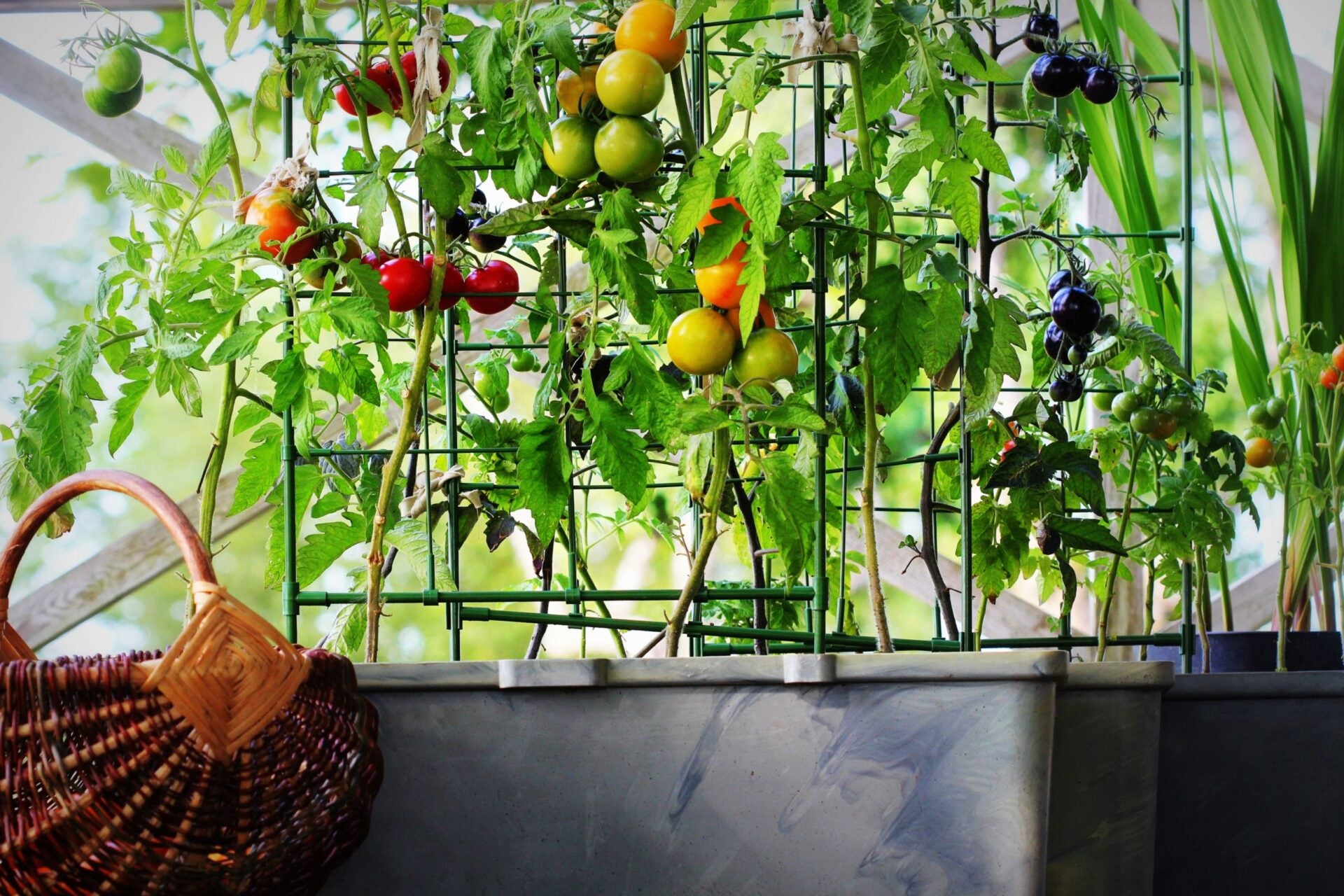
Scaling up Urban Agriculture for Emissions Reduction and Community Health
The most direct ways in which to decrease the emissions from land use and supply chain are to use less land to grow crops and bring food production closer to the people purchasing the food. Moving more farms within urban centers can accomplish these goals.
This blog was written ahead of Earth Day and was originally published by the Wharton Risk Center as a part of thier Student Solutions to Climate Risk Management Challenges series.
Global food production accounts for nearly a quarter of total global greenhouse gas emissions, which include emissions related to land usage, crop production of food for both humans and livestock, the livestock farms and fisheries themselves, and the packaging and distribution of food. Land use and supply chain account for 42% of food production related emissions, so it is especially important to target these emissions areas for improvement.
One solution to reducing emissions involves the expansion and promotion of urban agriculture. The most direct ways in which to decrease the emissions from land use and supply chain are to use less land to grow crops and bring food production closer to the people purchasing the food. Moving more farms within urban centers accomplishes these two goals simultaneously. One study estimated that if urban agriculture were implemented in a 51.15 square kilometer area in Seoul, South Korea, roughly 8 percent of the total metropolitan land area, CO2 emissions could be decreased by 11.67 million kg a year: the equivalent of planting 20 square kilometers of 20-year-old pine forest. Based off average recommended vegetable intake and average mass output of urban farms, the research further predicts that an urban farm of this size could support 93% of Seoul’s current population’s vegetable needs.
And fortunately, it’s a reasonably effective solution that provides additional community benefits. In a 2018 study by scientists at the University of New England, it was determined that urban agriculture can produce yields double that of typical Australian vegetable farms on a kilogram per square meter basis. This shows that there is no fundamental thermodynamic barrier to being able to produce the same amount of food with half the amount of space – we have already proven that the technology exists to do so.
If anything, urban agriculture has shown itself exceedingly helpful in managing the thermodynamic balance of cities by decreasing the urban heat island effect by anywhere from .5°C to 4°C. Additionally, while to a lesser degree, urban agriculture also helps with mitigating urban food deserts, thereby addressing food injustice through improving access to fresh produce in socioeconomically disadvantaged areas.
However, there currently exist two significant challenges to scaling up urban agricultural production to a level that would meaningfully impact global emissions. First, labor inputs are inefficient. Second, the most commonly used material inputs have the same carbon footprint as those used in industrial agriculture.
Most “urban agriculture” today is done on a small scale and with more artisanal methods. The food produced is viewed as seasonal and supplementary. Urban agriculturalists spend a lot of time working on their crops, working disproportionately longer hours to produce a given mass of food as compared to industrial agriculturalists.
Once a market price is assigned to the labor inputs of this kind of urban agriculture, it becomes immediately cost-inefficient. Moreover, urban agriculturalists often choose the most convenient material inputs rather than the most renewable ones. For example, purchasing imported mulch or compost comes at a much greater environmental cost than self-producing the same materials because there are additional energy costs incurred through distribution and sale.
On the other hand, because the self-production requires significant time, space, and knowledge, it is not always feasible for space-constrained and time-poor urban residents to accomplish this – hence the reliance upon easily purchased, imported materials. While the types of materials purchased indeed pose less risk for short term environmental pollution as compared to commercial pesticides, their carbon footprint costs must still be acknowledged.
Thus, the central question of how to scale up urban agriculture can be reduced to this: how do we improve labor and material input efficiency?
Regarding labor input efficiency, John Bartok Jr., agricultural engineer and professor emeritus of the University of Connecticut, has published numerous guides on improving the labor efficiency of greenhouses and other urban agricultural pursuits. Mechanization of repetitive tasks, standardization of operations, and installation of equipment such as carts or conveyors can dramatically improve labor efficiency. Once labor efficiency is improved, increased compensation of farm laborers also becomes market feasible: one analysis shows that a 47% increase in farm laborer wage would only increase the average American household’s grocery costs by 4.1%. Thus, these shifts are key to transforming what is now economically unfeasible, inefficient horticultural labor into economically feasible, efficient agricultural labor.
Regarding material input efficiency, education of best practices can be the most direct and effective method of improvement. The USDA has already published an urban agriculture toolkit that aggregates many best practices from established urban farms from across the nation. It details the role of business planning, collaboration with city governments, land access, soil quality, water access/use, and market development on building a successful urban farm. We must simply align current practices with already published best practices. By placing an emphasis on the education of how and why using self-produced mulch, manure, and compost can be effective ways to reduce both costs and emissions, the traditionally expensive material inputs of urban agriculture can be substituted for more efficient alternatives.
While a complete transition to urban agriculture is currently not feasible to produce the massive quantities of food needed to feed the nearly eight billion people on this planet, carefully scaling up urban agriculture in a sustainable way will go a long way toward counterbalancing the emissions of contemporary industrial agriculture. And while urban agriculture is already on the rise, expanding programs such as the USDA’s Specialty Crop Block Grant Program and Value-Added Producer Grants would do more to incentivize the grassroots efforts to increase the rate of growth of urban agriculture across the nation. Simultaneous expansion of sustainable programs such as USDA’s Organics Transition Program would also help existing farms remain competitive within the primary market segment of urban agriculturalists while the locus of agricultural production shifts.
By shifting towards a global food economy that relies less on long-distance supply chains and more on local agriculture, we can reduce reliance on price volatile fuels, reduce the localized impact of supply shortages caused by international supply chain disruptions (especially those caused by increasingly frequent natural disasters), and most importantly reduce emissions.
Ryan Lam
School of Engineering and Applied ScienceRyan Lam is a sophomore at the University of Pennsylvania studying Chemical and Biomolecular Engineering and Anthropology. His interests lie primarily in engineering improved systems for clean water, clean air, and waste management.

